I tested KEF’s first-ever soundbar: here are three things I liked and two things I didn’t
How does the KEF XIO perform?
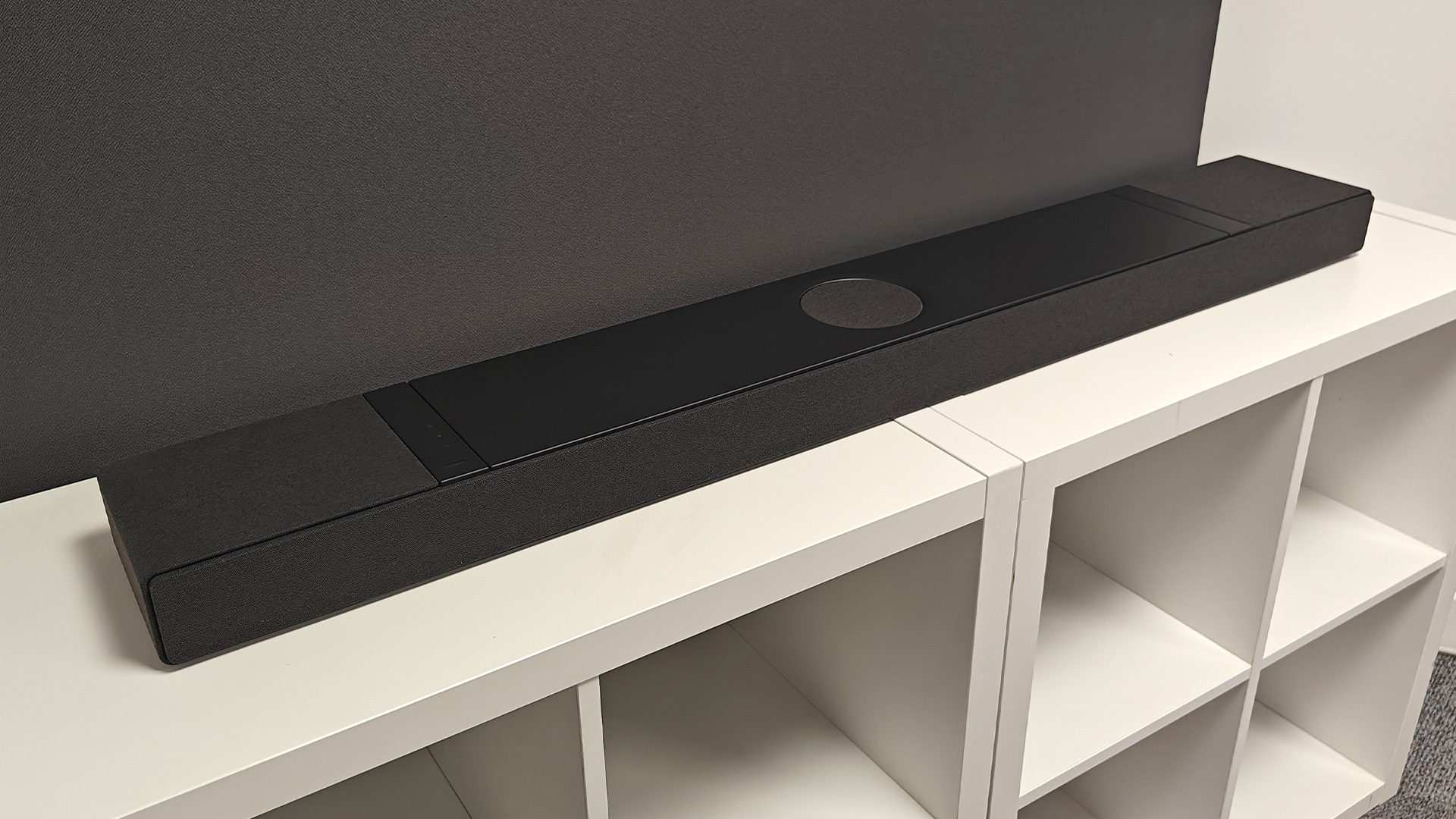
I spent a considerable amount of time listening to KEF’s first-ever soundbar, the XIO, this past month.
The 5.1.2 single soundbar is quite the proposition on paper, boasting Dolby Atmos and DTS:X immersive surround sound support, a relatively compact design (at least compared to soundbars of similar ambition that come with separate subwoofers and/or satellite speakers), and a comprehensive companion app that acts as a gateway to plenty of streaming connections, including Amazon Music, Qobuz, Tidal Connect, Deezer and Spotify Connect.
There’s a lot to like under the hood as well. KEF’s trademark Uni-Q drivers – a staple of the company's stereo speakers – are present, albeit perhaps not in the form you are familiar with, where a tweeter and mid/bass fit into a single assembly.
The Uni-Q MX drivers in the XIO – three forward-facing and two upwards-firing – instead have a dual diaphragm arrangement that features a mechanical crossover to allow the high-frequency central section to operate separately.
But what did I learn about KEF's debut 'bar throughout my days of testing it alongside my colleagues? Well, ultimately – and excuse the spoiler for those who have yet to read our full KEF XIO review – that it is a huge success, so much so that it has overtaken the Sennheiser Ambeo Soundbar Max as the best high-end model in our best soundbars buying guide.
It also has trumped the Sennheiser as the best premium model in our best Dolby Atmos soundbars page.
That said, it isn't perfect. Here are three areas in which the XIO stands out, and a couple of things that me and my colleagues aren’t as keen on.
The latest hi-fi, home cinema and tech news, reviews, buying advice and deals, direct to your inbox.
Like: exciting yet precise sound
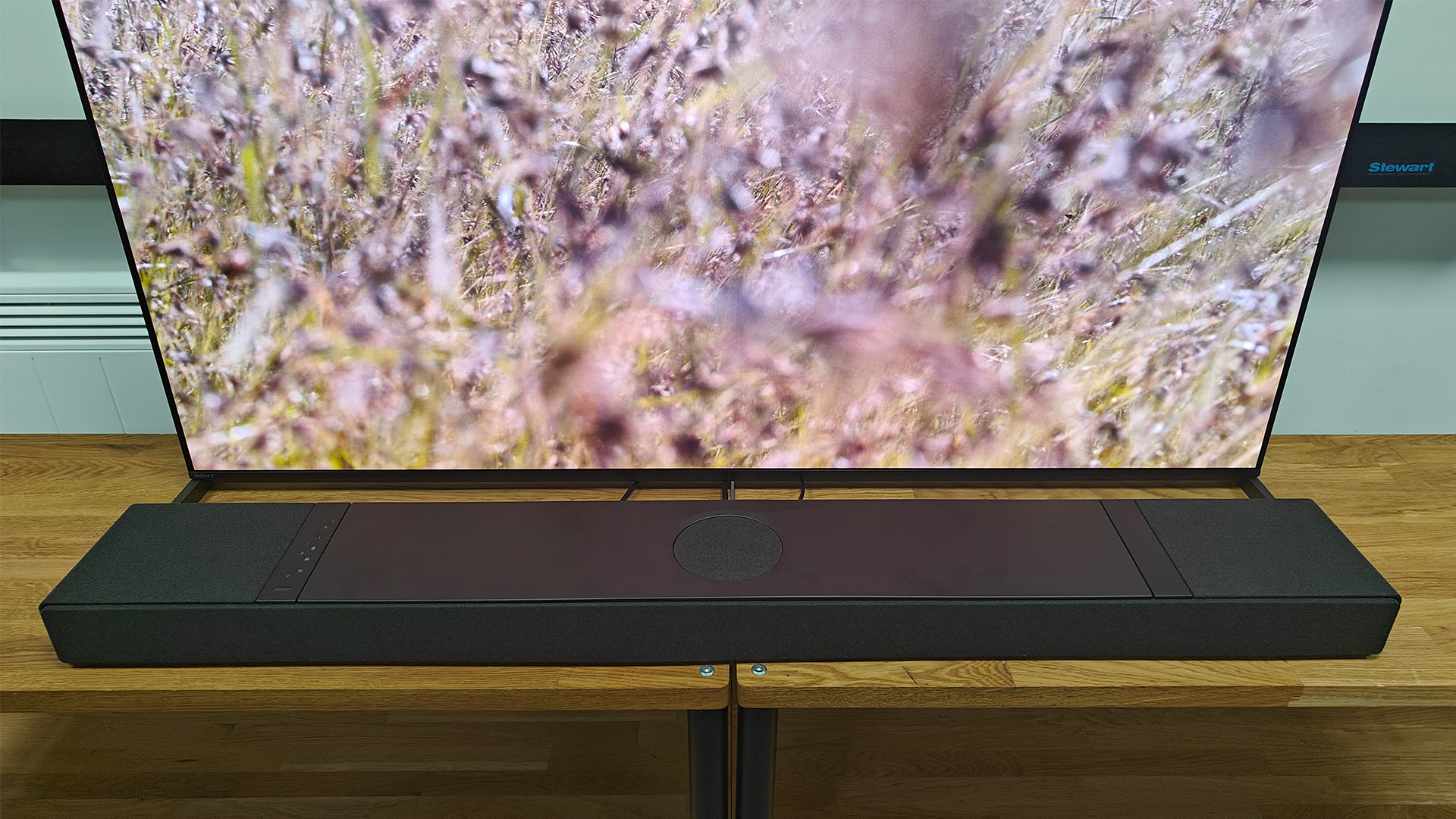
'Exciting' and 'precise': two words that can rarely be confidently used when describing a soundbar's sound. But the XIO is not your average ‘bar in terms of sonic performance.
KEF has clearly put a lot of effort into ensuring its debut soundbar is tough competition for its rivals, producing an overall sound that is thrilling yet balanced.
When watching John Wick 2 on 4K Blu-ray with Dolby Atmos during testing, for example, we noted in our review: “The deep revving of engines feels textured with the rhythm of the vehicle throbbing, but it does not overpower the lighter soundtrack.
“One car leaps over a bump in the distance and then moves into the forefront, displaying the soundbar’s sense of precision. You can really feel the three-dimensionality of the sequence as the vehicle moves across the screen.”
Like: clear and tight bass
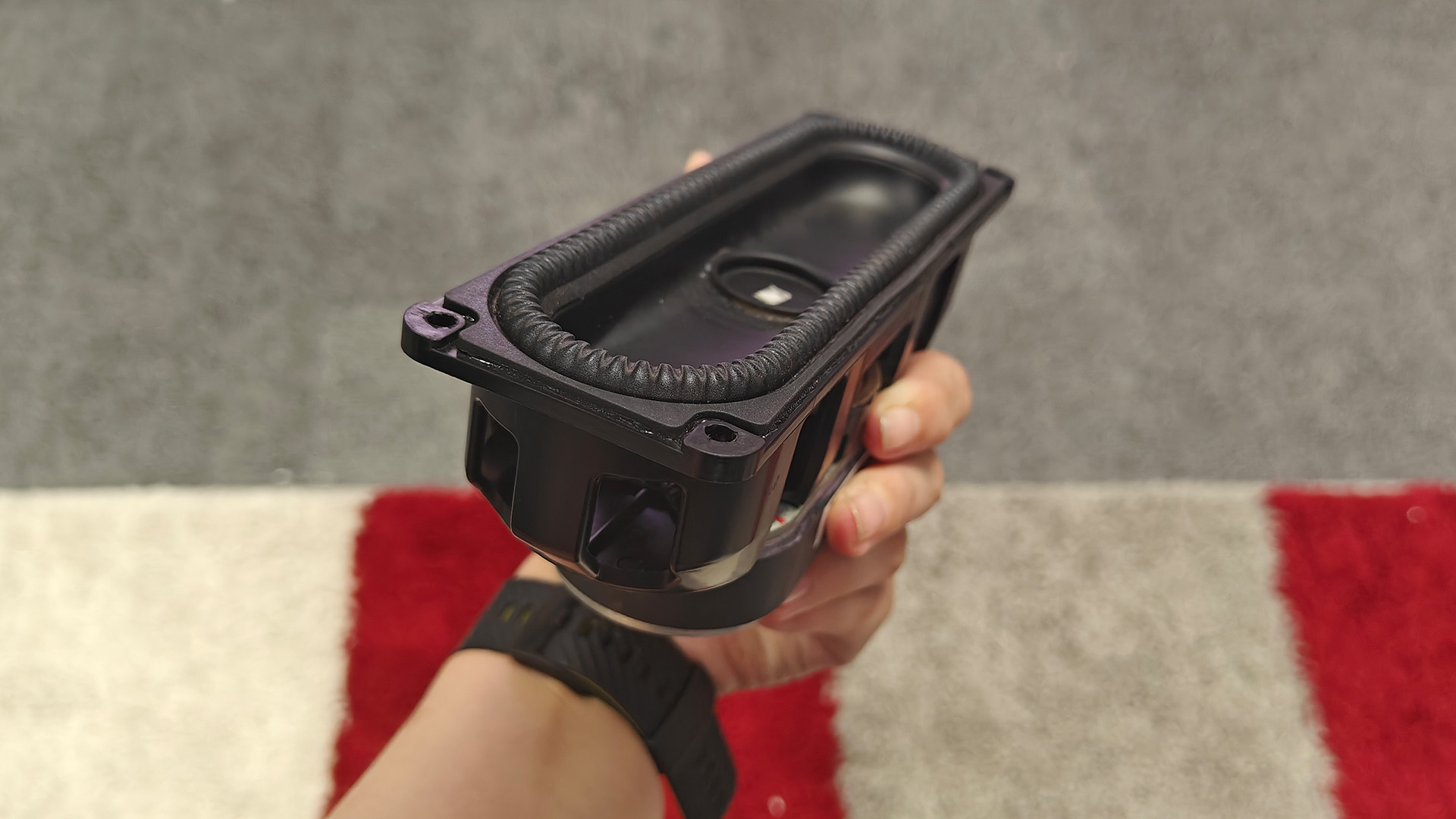
Moving on to the XIO’s performance with lower frequencies, we are not disappointed here either.
This is partly down to the four ‘P185’ bass drivers housed within the soundbar.
The P185 is a rectangular design, 51 x 180mm in size. KEF claims that each of these has the same radiating area as a traditional circular 10cm driver unit, but that the rectangular shape allows the soundbar chassis to be considerably slimmer than would otherwise be the case.
Directly comparing the KEF model to the Sennheiser Ambeo Soundbar Max, we find that both soundbars take very different approaches to the bass.
While the Sennheiser better succeeds in spreading the sound around the room and providing a better floor-shaking bass than the XIO, the KEF “counters with more clarity, greater precision in the way sounds are rendered and notably more finesse in the way low-level dynamics are delivered," to quote our review.
Despite the XIO not having the biggest bass sound in this product category, then, we find it is the best all-round bass performer we have seen so far at this price point.
Dislike: no HDMI passthrough
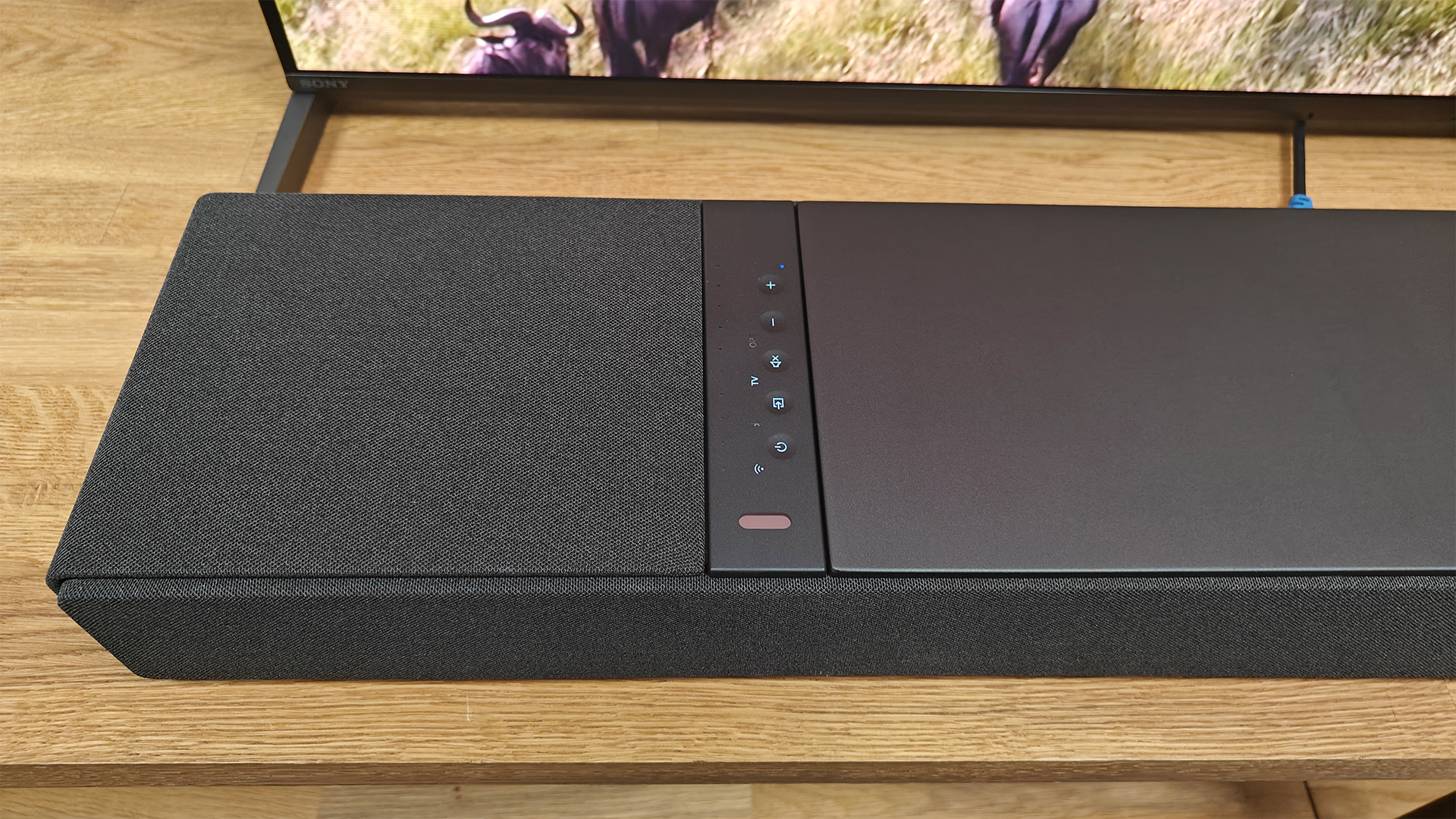
This may not seem like a big deal considering the huge array of streaming capabilities the XIO offers, but the absence of HDMI passthrough could be a drawback for many.
In terms of connectivity, the XIO features one HDMI 2.1 eARC socket, one optical connection and Bluetooth. This is a common offering in the budget-to-mid-market soundbars that pass through our test rooms, so it comes as a surprise not to see a more generous spread on the XIO's rear panel.
Having more HDMI 2.1 inputs or 4k/120Hz passthrough would allow users to connect their sources – their games console, Blu-ray player and/or set-top box – to the soundbar rather than the TV, with simply one cable then going from the bar to the telly.
If KEF decides to produce a second model down the line, we hope more HDMI connections will be on the menu.
Like: amazing music performance
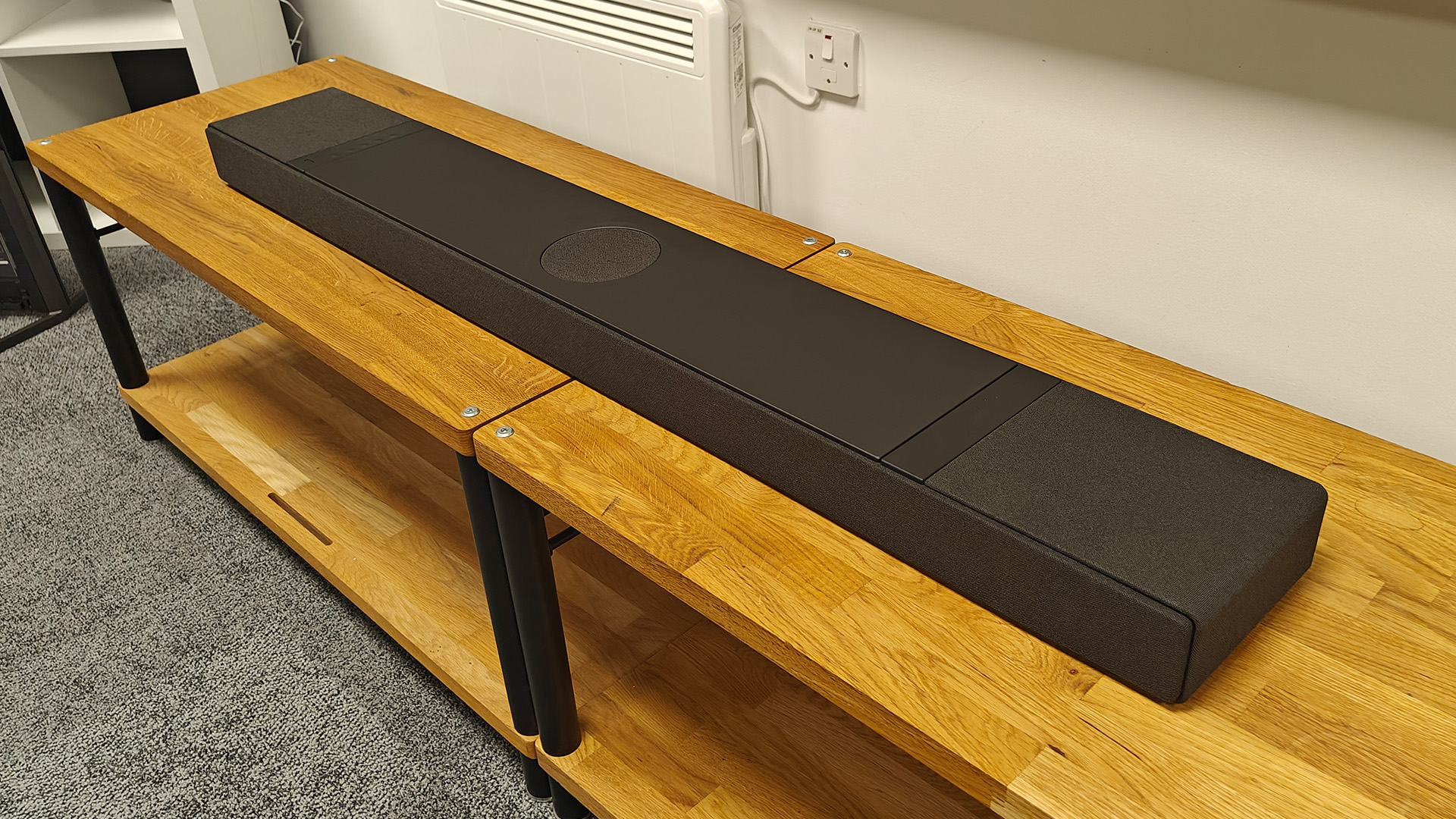
It's not a given that a soundbar is as good with music as it is with movies, so it came as a pleasant surprise that the XIO delivers excellent musical expression.
With Music mode activated, the delivery is more direct but still just as compelling. Each frequency feels distinct and crisp on its own, while still coming together into one overall cohesive presentation.
When listening to Radiohead’s Codex, for example, we found during testing that “the mellow bass feels well separated from the midrange but still melds together well”.
We added that “vocals sound natural, but the slightly echoing effect baked into the track is still picked out”.
Indeed, the XIO stands out in the soundbar realm for being a capable music system too.
Dislike: no display
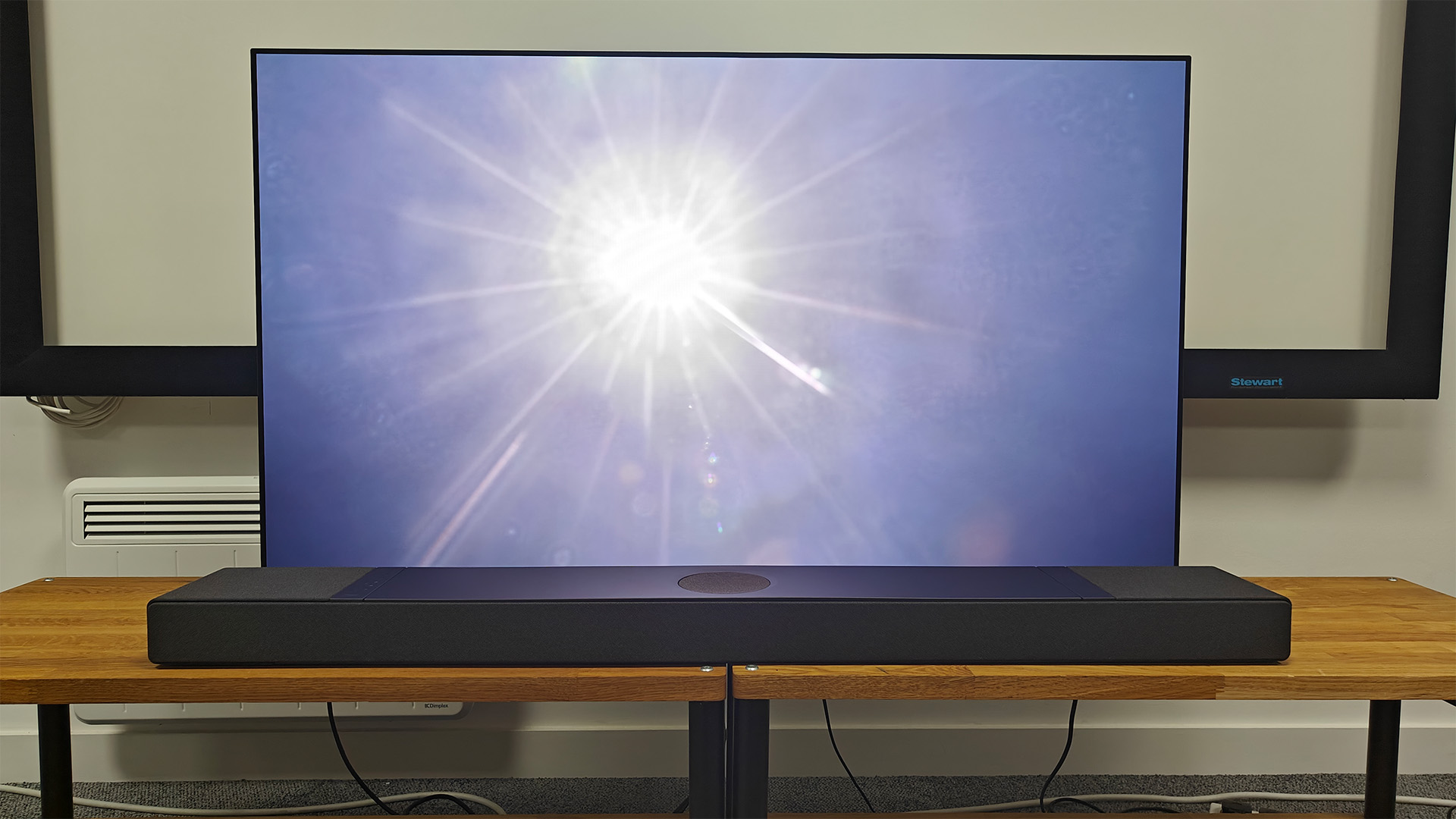
While the XIO’s look is pleasing overall with its flat and compact dimensions, we were disappointed to find there is no display on the soundbar itself.
This would not be as big an issue if the buttons on the ‘bar were a little more tactile and you could therefore be more assured that the product has received a command. But the buttons blend in with the chassis, making it a little fiddly.
On the Sennheiser Ambeo Soundbar Max, for example, there is a small text display that visualises which EQ mode is activated or what the volume has changed to.
While not a deal-breaker by any means, it is a user-friendly feature that makes the setup process that bit easier.
MORE:
Check out the full KEF XIO review
And here's our review of the Sennheiser Ambeo Soundbar Max
These are the best Dolby Atmos soundbars we recommend
Robyn Quick is a Staff Writer for What Hi Fi?. After graduating from Cardiff University with a postgraduate degree in magazine journalism, they have worked for a variety of film and culture publications. In their spare time, Robyn can be found playing board games too competitively, going on cinema trips and learning muay thai.
You must confirm your public display name before commenting
Please logout and then login again, you will then be prompted to enter your display name.

